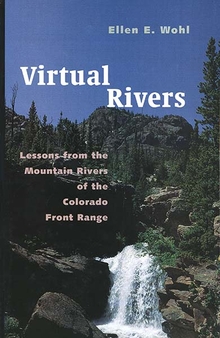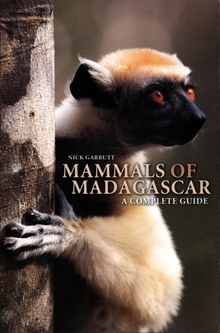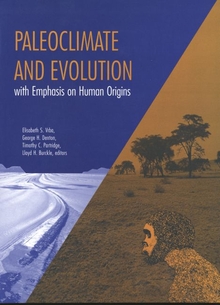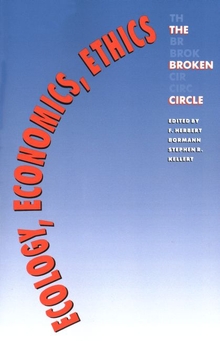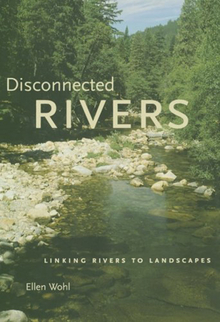Virtual Rivers
WARNING
You are viewing an older version of the Yalebooks website. Please visit out new website with more updated information and a better user experience: https://www.yalebooks.com
Lessons from the Mountain Rivers of the Colorado Front Range
Ellen Wohl
Sparsely settled mountain areas of the world, such as Colorado’s Front Range, give an impression of wild, untouched, and unchanging nature. Yet in many cases mountain rivers that appear to be pristine natural systems actually have been impaired as a result of human activities. In this timely and accessible book, Ellen Wohl documents two hundred years of land-use patterns on the Front Range and their wide-ranging effects on river ecosystems.
If we hope to manage river resources effectively and preserve functioning river ecosystems, the author warns, we must recognize how beaver trapping, placer mining, timber harvesting, flow regulation, road and railroad construction, recreation, cattle grazing, and other human activities have impaired rivers--and continue to do so. The rivers of the Colorado Front Range are representative of mountain rivers throughout the world: land-use patterns affecting their form and function are little-recognized or -understood. This book fills an important gap with a clear and comprehensive explanation of how rivers are changed by human activity and includes a generous selection of striking historical and contemporary photographs, maps, and diagrams.
If we hope to manage river resources effectively and preserve functioning river ecosystems, the author warns, we must recognize how beaver trapping, placer mining, timber harvesting, flow regulation, road and railroad construction, recreation, cattle grazing, and other human activities have impaired rivers--and continue to do so. The rivers of the Colorado Front Range are representative of mountain rivers throughout the world: land-use patterns affecting their form and function are little-recognized or -understood. This book fills an important gap with a clear and comprehensive explanation of how rivers are changed by human activity and includes a generous selection of striking historical and contemporary photographs, maps, and diagrams.
Ellen E. Wohl is professor of geology at Colorado State University.
“Wohl masterfully combines scientific knowledge, historical analysis, and a passion for mountain landscapes in a compelling look at what humans have done to rivers and what we need to do to restore and protect them.”—Sandra Postel
“Virtual Rivers is likely to become a classic, standing next to A Sand County Almanac and other books of this genre, as guiding lights in our future view and use of our stream systems.”—Jeffrey A. Thornton, Journal of the American Water Resources Association
“Virtual Rivers is easy and delightful to read, entertaining, and always informative. It imparts several important messages to the general reader, and for the specialist, presents an excellent example of historically-based regional research. . . . [I]t would serve well as a text in an introductory course on rivers in the Rocky Mountains region.”—L. Allan James, EOS (Transactions of the American Geophysical Union)
“Ellen Wohl . . . makes a strong case for protection of these natural resources. . . . She does a nice job of expanding our historical perspective. While Wohl is a technical specialist, she sharpens her prose for a popular audience to make an important point: Only through self-restraint can we have rivers rather than virtual rivers.”—Curt Buchholtz, Rocky Mountain News
“Applicable to other mountain river systems around the world, Virtual Rivers shows that we must first realize the scope and nature of the changes in the form and function of rivers that have already occurred if we are to manage the natural resources in the most effective and environmentally sound way now and in the future. Nontechnical language; extensive citations of technical literature; historical analysis. Recommended.”—Choice
“Virtual Rivers is an attractive volume and a good read. It will obviously appeal to those of us who live close to anyone with a general interest in mountain streams and rivers. . . . A fine contribution to our appreciation of the Front Range streams and their environment.”—Nel Calne, Mountain Research and Development
“This book deals with the impact of human activities on rivers. It is a compelling work on stream ecology that shows how the biological values and aesthetic aspects of rivers can be used to restore and protect them.”—R.R. Yates, International Journal of Environmental Studies
"A primer on rivers for non-hydrologists and non-biologists. . . . Clear prose, accompanied by well-selected photographs and line drawings. . . . Virtual Rivers is an excellent resource for anyone wanting to be an informed participant in finding responsible ways to address those threats."—Fredric L. Quivik, Environmental History
“[Wohl’s] monograph . . . successfully bridges the gap between popular and professional writing. It is well illustrated, and provides a carefully crafted, chronological review of the relevant literature that is sufficiently clear and compelling to sustain the interest of the lay reader, while preserving the expected professional erudition. Virtual Rivers makes a distinctive contribution to the resolution of river management problems. . . . I suspect that Virtual Rivers will be widely referenced and used by geomorphologists, ecologists, managers and policy makers alike.”—Basil Gomez, Progress in Physical Geography
“An excellent review of stream ecology and the steps that can be taken to restore the aesthetic and biological values of rivers that now are more widely appreciated than before.”—Dennis H. Knight, author of Mountains and Plains: The Ecology of Wyoming Landscapes
“Ellen Wohl urges us to look beyond what we see: just because a river looks natural does not mean it is natural. She shows us the cumulative effects of human activity on a river system in a simple yet technically correct way.”—Cathy M. Tate, U.S. Geological Survey
ISBN: 9780300183108
Publication Date: April 10, 2001
Publication Date: April 10, 2001
224 pages, 6.125 x 9.25
117 b/w illus.
117 b/w illus.

